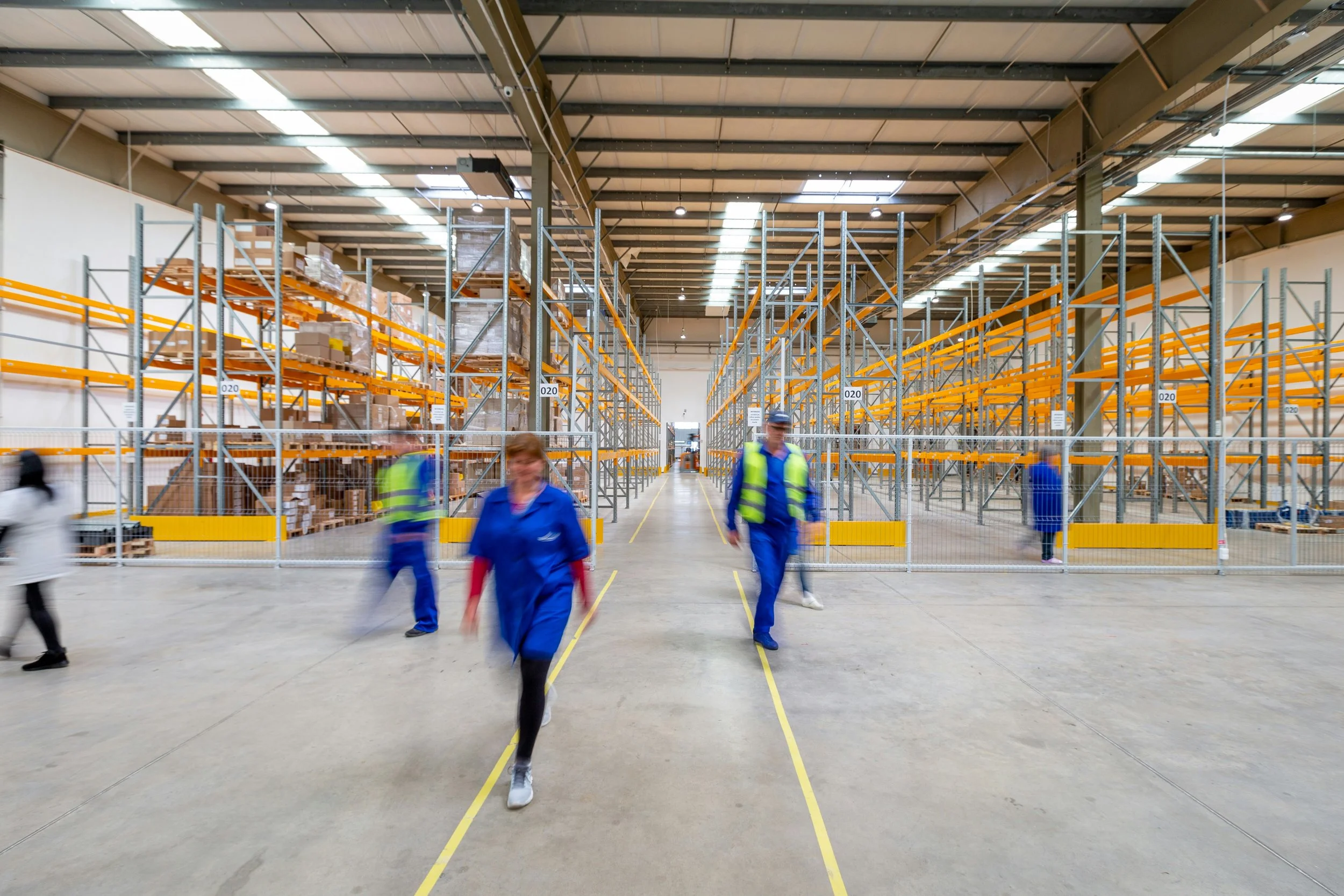The Sublease Surge: What Industrial Tenants Need to Know Before Signing
By Chris Rohrer, Broker & Pete Kostroski, Broker | Rokos Advisors
Across the Twin Cities, sublease opportunities in the industrial market are hitting levels not seen in years. As companies right-size their operations, rethink logistics networks, or move toward smaller footprints, the volume of available sublease space is climbing. On paper, these deals can look like a steal — lower rents, built-out improvements, and move-in-ready conditions. But for tenants, the reality is more nuanced.
Why Sublease Space is Flooding the Market
The industrial boom of the last few years led many occupiers to expand aggressively. Now, with supply chains stabilizing and demand normalizing, some users are offloading excess square footage. Rising operating expenses and higher interest rates have also made cost efficiency a top priority, pushing companies to sublease unused portions of their facilities rather than carry vacant space on their balance sheets.
The Appeal — and the Catch
At first glance, a sublease often promises immediate occupancy and discounted rent compared to direct leases. Many spaces already include high-end racking systems, offices, or dock configurations that would otherwise require capital investment.
However, the savings can come with strings attached. Sublease terms are limited to the master tenant’s remaining lease term, which means flexibility and renewal options are usually off the table. In addition, tenants must vet not just the physical condition of the space, but also the financial stability of the existing tenant and any landlord consent requirements.
Due Diligence is Non-Negotiable
Before signing, prospective subtenants should:
Confirm the lease term and extension options. If the remaining term is short, ensure there’s a strategy for what happens next.
Review all landlord and master lease obligations. Many subleases require landlord approval, and some restrict certain uses or alterations.
Understand cost responsibilities. Even if rent is lower, you may still owe OpEx, taxes, or utilities at full cost.
Inspect the space carefully. Existing wear and tear, racking modifications, or environmental issues could become your responsibility.
When a Sublease Makes Sense
Subleasing can be a smart move for businesses seeking short-term solutions, expansion flexibility, or strategic location access. It’s also a strong way to test a market before committing long-term. For growing manufacturers or distributors with dynamic needs, a sublease can offer the speed and affordability needed to stay nimble.
But for tenants planning to establish a long-term regional presence, direct leases often provide more security, leverage, and customization opportunities — especially in an environment where landlords are increasingly open to negotiation.
The sublease market may offer opportunities, but industrial tenants should approach with eyes wide open. Understanding the fine print and total cost of occupancy is essential before signing.
Are you evaluating your next move? Connect with Rokos Advisors to start your next industrial strategy with confidence.
Rokos Advisors is an award-winning Minneapolis - St. Paul based commercial real estate/tenant representation firm specializing in helping businesses find the perfect office or industrial space for their company.

